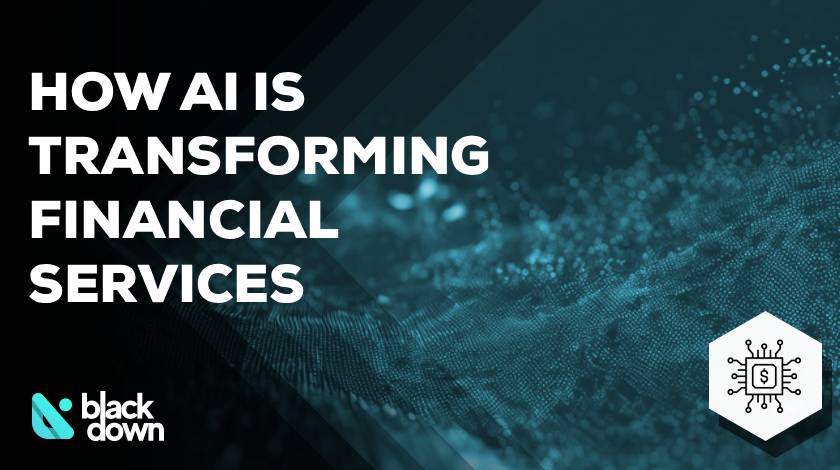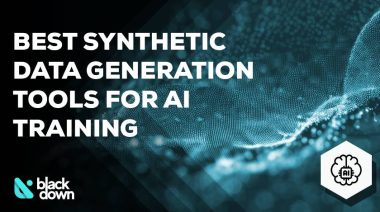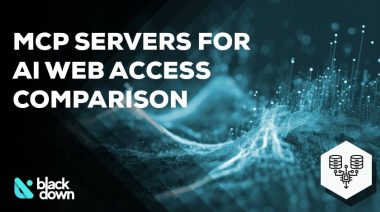Markets never stop moving, and traditional methods can’t keep up anymore. Artificial intelligence has become the backbone of modern finance, from predicting trends to detecting fraud in real-time. Here’s how AI is reshaping financial services.
1. From Gut Feeling to Data Patterns
Financial forecasting used to rely on intuition and basic models. Traders studied charts, analysts built spreadsheets, and everyone hoped for the best. That approach is fading fast as AI takes over.
AI systems now process data from unexpected sources, connecting currency movements with weather patterns, supply chain delays, and social media sentiment. I’ve seen these models trace connections that human analysts would never spot. The predictions aren’t perfect, but they’re consistently better than traditional methods.
2. Personal Finance That Adapts to You
Modern AI-powered finance apps do more than just track spending. They learn your habits and help you avoid mistakes before they happen.
A good money tracker alerts you when spending appears unusual based on your patterns. Instead of lecturing about budgeting, it watches your back, not your wallet. I recommend looking for apps that feel helpful rather than judgmental.
These tools track your bill payments, identify when you tend to overspend, and help you determine what normal spending looks like for you. Over time, the system gets smarter and adapts to your changing habits.
3. Instant Lending Decisions
Banks used to take weeks to approve loans, but AI has compressed that timeline to just seconds.
Risk models now scan a borrower’s entire financial footprint, including income patterns, spending habits, payment history, and even browsing behavior. The system predicts repayment likelihood based on patterns rather than just credit scores.
Is this approach invasive? Some people think so, but it’s also more efficient and often fairer than the old system. Every error that happens creates data that improves the model for next time.
4. Fighting Fraud in Real Time
Fraud evolves constantly, and rule based systems can’t keep up with the changes. This is where AI excels.
Multiple models work together on each transaction. One watches purchase timing, another tracks device patterns, and a third analyzes writing style. When something appears to be incorrect, the system flags it immediately. Banks now run thousands of these micro models simultaneously, watching for behavioral patterns instead of relying on lists of known criminals.
5. Algorithmic Trading
Trading floors were once chaotic places filled with noise and activity. Much of that action now lives inside lines of code.
AI algorithms execute trades in microseconds, reading order books faster than humans can blink. A price shift in Tokyo ripples through and hits New York before anyone even checks the headlines. I’ve watched these systems catch micro patterns that human traders consistently miss.
Does AI replace traders completely? Not exactly. It works alongside them, highlighting opportunities and spotting risks. Some days, the algorithms win big, while on other days, they misread volatility and lose millions in seconds. Human oversight remains critical throughout the process.
6. Customer Service Without the Wait
Chatbots and voice assistants now handle most routine requests, including password resets, card blocks, and common questions.
Most customers don’t mind if a bot solves their problem in 30 seconds. Behind the scenes, natural language models train on millions of past conversations, learning slang, regional accents, and emotional cues. Human agents now focus on complex cases while AI filters out the simple stuff.
7. Automated Compliance
Compliance work used to take weeks of manual review, but AI has completely transformed this process.
Systems now scan transactions continuously for signs of money laundering, insider trading, or sanctioned activity. They analyze intent and context rather than just searching for keywords. What used to take teams of analysts weeks to complete now happens in milliseconds.
The downside is too many false positives, which means compliance officers deal with alert fatigue. However, nobody wants to return to the old way. False alerts waste time, but missed violations can cost millions.
8. Smart Insurance Claims
Text analysis tools now automatically flag suspicious language patterns, and AI models rank each claim by its risk level. Clean claims are processed immediately, while suspicious ones are referred to human adjusters for review.
The system feels impersonal but works much faster than before. Payouts arrive quicker and errors drop significantly.
What Comes Next
Financial systems will continue getting faster and more autonomous. Banks are testing AI systems with minimal human oversight, while insurance companies use models to spot policy loopholes before customers do. Even regulators are now using AI to monitor other AI systems.
The benefits keep outweighing the concerns. We’re seeing faster approvals, fewer errors, reduced fraud, and quicker responses across the board. The system runs smoother than ever, except when it breaks in unexpected and fascinating ways.
AI hasn’t just changed finance. It has rebuilt the industry from the ground up. Every process now runs under AI’s influence, and the models continue learning from their mistakes. The technology keeps evolving, and the financial world evolves with it.
Alexandra Chen
Related posts
Popular Articles
Best Linux Distros for Developers and Programmers as of 2025
Linux might not be the preferred operating system of most regular users, but it’s definitely the go-to choice for the majority of developers and programmers. While other operating systems can also get the job done pretty well, Linux is a more specialized OS that was…
How to Install Pip on Ubuntu Linux
If you are a fan of using Python programming language, you can make your life easier by using Python Pip. It is a package management utility that allows you to install and manage Python software packages easily. Ubuntu doesn’t come with pre-installed Pip, but here…











